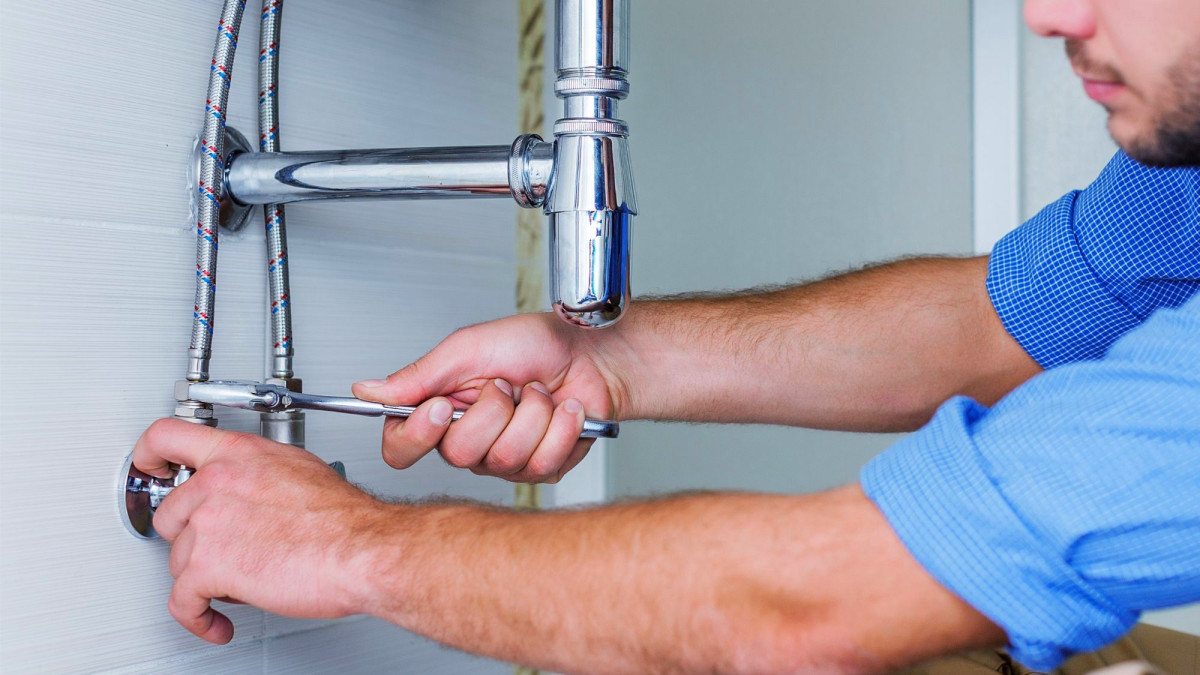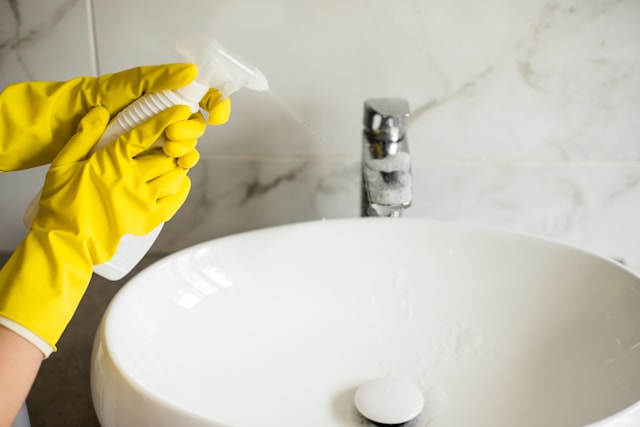New Homeowners: Essential Advice for Your Bathroom Plumbing
New Homeowners: Essential Advice for Your Bathroom Plumbing
Blog Article
On this page down the page you can discover a lot of incredibly good insight about Plumbing Tips for New Homeowners.

For new property owners, understanding and maintaining restroom plumbing can save both time and money by stopping costly concerns down the line. Here are some essential shower room plumbing suggestions to help you keep whatever running smoothly.
Familiarize Yourself with the Main Shut-Off Valve
Understanding where the main water shut-off valve is located in your home is essential. This allows you to promptly switch off the water in case of significant leakages or throughout pipes emergency situations, protecting against substantial water damage.
Routinely Evaluate for Leaks
Small leaks can result in huge troubles. Consistently examine under sinks, around commodes, and near plumbing components for any type of signs of leaks. Look for wetness, little drips, or rust. Catching and fixing leaks early can avoid a lot more severe damages and conserve water.
Do Not Neglect Slow Drains Pipes
If your sink or bath tub is draining pipes gradually, it's usually an indicator of an obstruction creating. Resolving this very early can protect against a complete obstruction. Use a bettor or a plumbing technician's snake to remove particles. Prevent using chemical drainpipe cleansers as they can damage your pipelines gradually.
Know What Not to Flush
Toilets are not garbage disposals. Stay clear of flushing anything other than bathroom tissue and human waste. Things like wipes, feminine hygiene products, and cotton swabs must be thrown away in the trash to avoid blockages and sewer back-ups.
Install Strainers in Drains
Area strainers in your sink and bath tub drains to catch hair and various other debris prior to they enter your plumbing system. Cleansing the filters on a regular basis will help prevent build-up and keep water flowing openly.
Keep Your Water Heater
Ensure your hot water heater is readied to a suitable temperature (typically about 120 degrees Fahrenheit) to prevent hot and decrease power usage. Flush the tank each year to eliminate sediment build-up, which can minimize the effectiveness and lifespan of your heating system.
Upgrade Your Fixtures
If your home has older components, think about upgrading to a lot more reliable designs. Modern commodes, showerheads, and faucets are created to use much less water while giving great stress, which can considerably minimize your water costs and environmental impact.
Be Cautious with DIY Pipes Repairs
While it's appealing to take care of all home repair work by yourself, beware with plumbing. Some problems could require expert expertise, especially if they include major water lines or sewage system repair work. Employing a specialist can sometimes be a lot more cost-efficient than DIY, particularly if it stops more damage.
Get Ready For Winter
Safeguard your pipes from cold throughout cold weather by insulating pipes in unheated locations like cellars, attic rooms, and garages. During extreme chilly, allow cold water drip from taps served by exposed pipes to assist stop cold.
Schedule Regular Maintenance
Think about organizing yearly examinations with a licensed plumbing. They can find problems that you may miss out on, such as concealed leaks or deterioration on pipelines and components. Routine upkeep aids expand the life of your pipes system and can protect against emergencies.
Conclusion
Recognizing and keeping your home's bathroom plumbing can avoid lots of usual concerns. By following these vital ideas, you can guarantee your bathroom remains practical and effective, conserving you money and time over time.
5 Plumbing Tips for First-Time Homeowners
Know How to Shut Off the Water
In most homes, the water can be shut off at two places: at the appliance or fixture itself, and for the whole house. For instance, look under your sink or behind the toilet. See those little knobs that connect with the pipes? Those are the shut off valves for those fixtures. Simply turn them until the water is off. The main shut off valve (which controls water throughout your entire home) will be outside, where the water feeds into the structure. You might need a dedicated tool, such as a water shut-off key, to shut off the water at the main.
Build an Emergency Plumbing Kit
Everyone knows how important it is to have a high-quality plunger around the house. But there are other things that can help you out when issues arise with the pipes. Building an emergency plumbing kit to solve issues on your own is part of any list of basic plumbing tips. Consider adding these things to create a basic plumbing kit:
Adjustable wrench Tongue-and-groove pliers Screwdrivers Plumber’s tape Pipe sealant Duct tape Set of hex keys Clip light for working under cabinets Auger and hand snake Do a Little Research
Many small leaks can be handled by replacing a small part of the piping system, tightening part of a faucet, or even changing out an aerator. Take the time to browse how-to articles for common plumbing problems, such as a running toilet or slow-draining sink. You might be surprised to find how easy it can be to do simple things yourself, like replace a valve in the back of the toilet.
Keep it Simple With No Chemicals
If you have a clog, you might be tempted by the promises of liquid drain cleaner. While this might work at first, it actually causes more damage deep in the pipes, eventually creating even more problems down the road.
Instead, try using baking soda and vinegar to create a strong fizzing effect that can help break up clogs and clear gunk from drains. Follow it with boiling water to clean the pipes even more thoroughly.
Take Care of Your Garbage Disposal
Be cautious about what you put down the disposal. Avoid pouring in fats, oils, and grease, as these are a surefire way to get a clog. Beware of certain foods too, such as celery or bones, as they can lodge in the works. Always run the disposal with water flowing.
https://modernize.com/homeowner-resources/other/10-plumbing-tips-for-first-time-homeowners

Make An Appointment Report this page